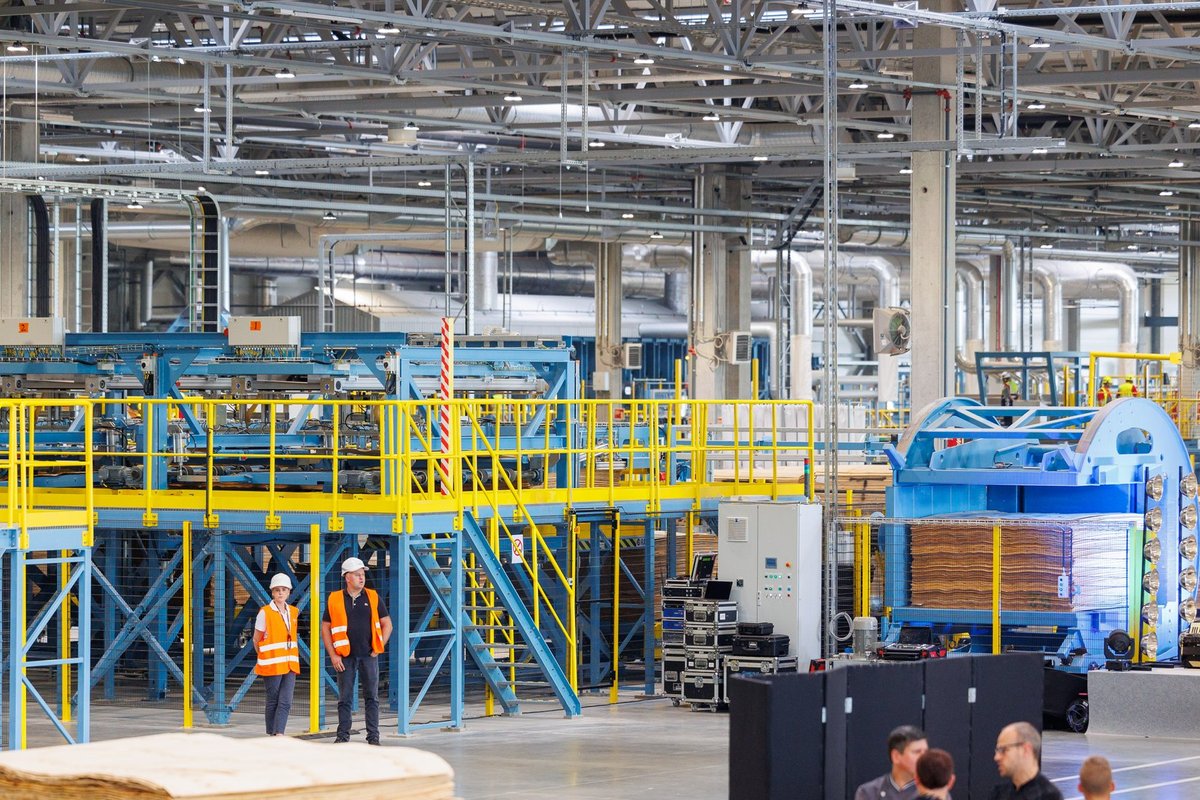The days of selling petrol and diesel cars and vans in the EU are numbered: 2035 is the deadline. This was agreed on Thursday by negotiators from the European Parliament, the Council of 27 governments and the European Commission, who closed the first talks on the EU’s environmental package, known as fit for 55, a strategy to reduce emissions. to 55% by 2030 – 100% by 2050 -.
The co-legislators thus agreed on CO2 emission reduction targets of 55% for new cars and 50% for new cars by 2030 compared to 2021 levels; and 100% CO2 emission reduction for new cars and vans by 2035.
According to the agreement, existing EU funding should be directed towards the transition to zero-emission vehicles and related technologies, particularly towards SMEs in the automotive supply chain and vulnerable regions and communities.
“The incentive mechanism for zero and low emission vehicles (ZLEV) will be reviewed according to a higher criterion to ensure that it is in line with current sales trends and offers affordable zero emission vehicles on the EU market,” the European Parliament said.
If a manufacturer meets certain sales milestones of low- or zero-emission vehicles, it can be rewarded with less stringent CO2 targets. Co-legislators agreed to increase the reference value to 25% for cars and 17% for vans by 2030.
Small-volume manufacturers per calendar year (1,000 to 10,000 new cars or 1,000 to 22,000 new vans) will be able to benefit from the exemption until the end of 2035 (those responsible for registering less than 1,000 new vehicles per year will remain exempt) The European Parliament says: “Current rules on fuel economy labeling and CO2 emissions for cars must be revised by the end of 2024.”
The agreement envisages that the European Commission will present a proposal for the registration of vehicles running exclusively on CO2-neutral fuels after 2035 under EU law, outside the scope of the fleet rules and in accordance with the EU’s objective climate neutrality. .
The agreement also has a review clause which ensures that in 2026 “the European Commission will comprehensively assess the progress made towards the 100% emission reduction targets and the need to revise these targets in the light of technological advances as well as in relation to add-ons.” – in hybrid technologies. and the importance of a viable and socially just transition to zero emissions,” the EU Council said.
In addition, the agreement envisages strengthening other provisions of the regulations, such as reducing the ceiling on the emission credits that manufacturers can receive for eco-innovations that verifiably reduce CO2 emissions on the road to 4 g/km per year. 2030 to 2034 (currently set at 7 g/km per year).
Similarly, the European Commission will develop a common EU methodology by 2025 to assess the full life cycle CO2 emissions from cars and vans sold in the EU, as well as the fuel and energy consumed by these vehicles.
Based on this methodology, manufacturers will be able to report to the Commission on a voluntary basis the life-cycle emissions of new vehicles they place on the market.
The agreement maintains the exemption for small-volume producers until the end of 2035.
The proposal would revise the existing rules, last amended in 2019. The provisional political agreement reached in the trilogue negotiations must now be formally adopted by the Council and the European Parliament.
According to the regulation, all manufacturers must ensure that the average CO2 emissions of their fleet of new registered vehicles during a calendar year do not exceed their specific annual emissions.
Manufacturers can continue to market vehicles with combustion engines, but if they exceed the emissions target in a given year, they must pay a €95 premium per gram of CO2/km above the target per registered vehicle.
Consequently, with the new agreed targets, zero-emission vehicles will ultimately be cheaper than fossil fuel-powered vehicles.
“The related Alternative Fuels Infrastructure Deployment Review (AFIR), currently under discussion between the Council and Parliament, will enable the development of infrastructure for drivers to charge their vehicles in member states,” the council said.
The proposal to review CO2 emissions for cars and vans is part of the Fit for 55 package, which the European Commission presented in July 2021. The package aims for the EU to reduce its net greenhouse gas emissions by at least 55% by 2030. 1990 levels and achieve climate neutrality by 2050.
On June 8, 2022, during the plenary session, the Parliament adopted a series of amendments to the Commission’s proposal. On June 29, 2022, the Council of Ministers of Environment Protection reached a general approach to proposal 27.
Source: El Diario












